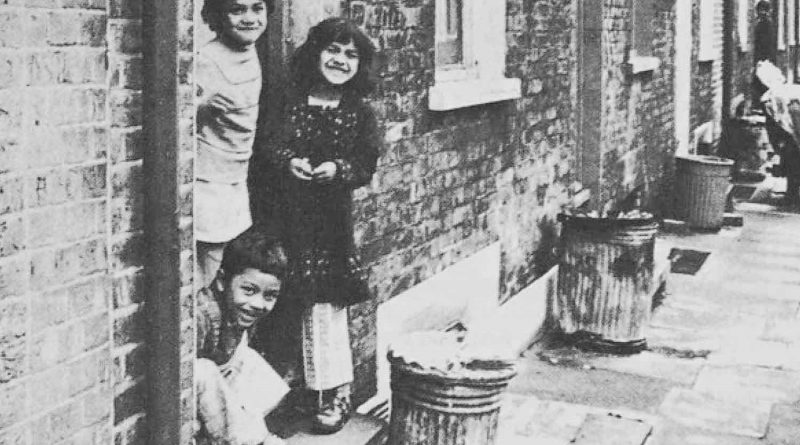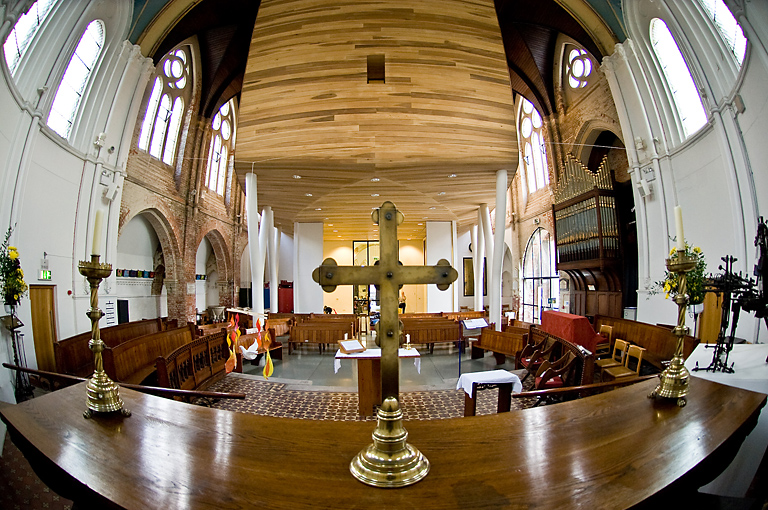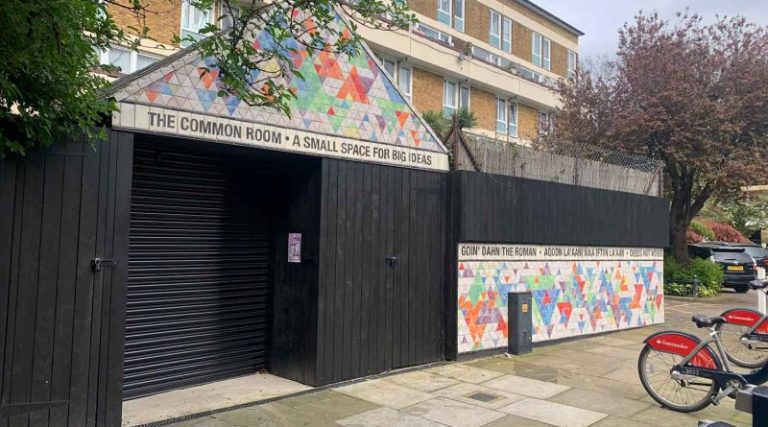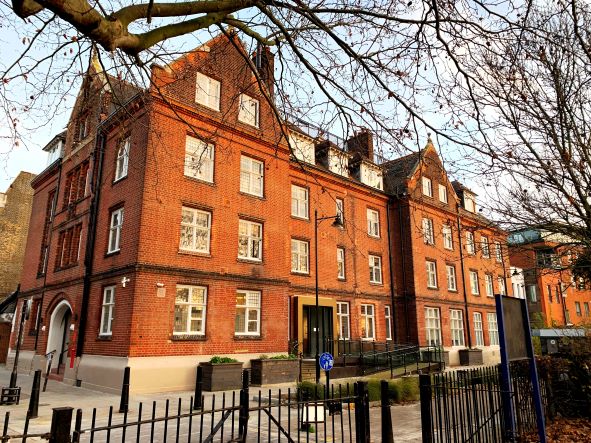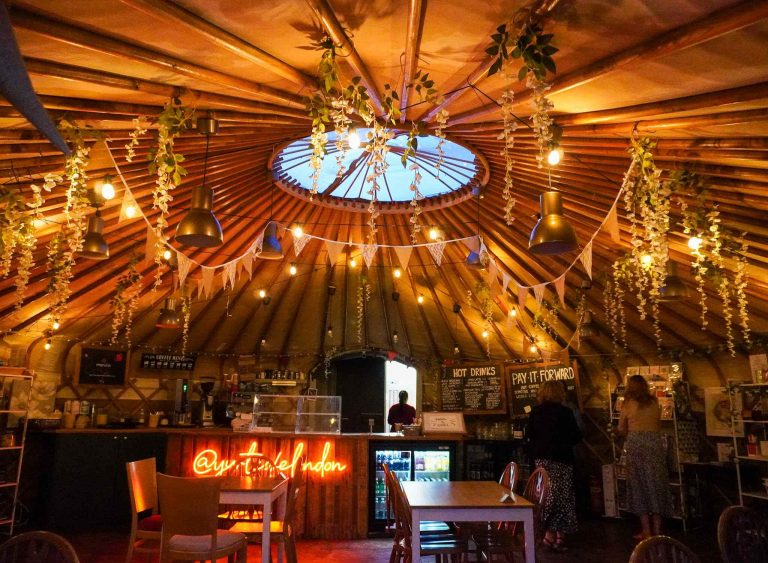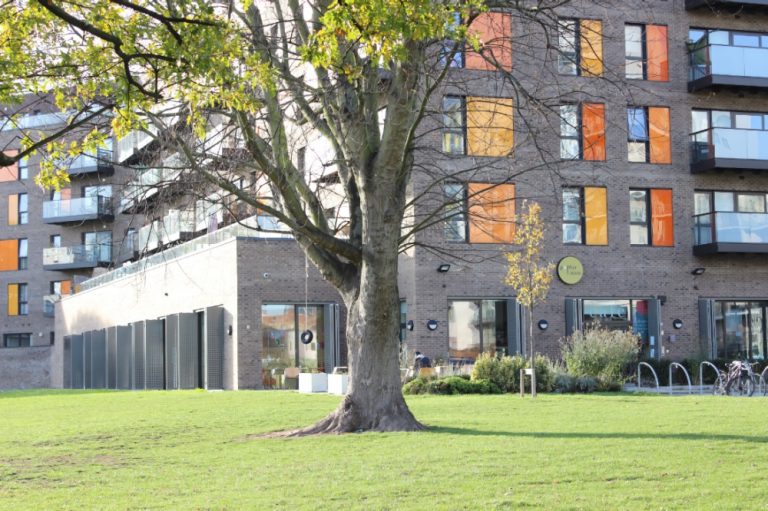‘From Sylhet to Spitalfields’: Brick Lane author Shabna Begum on Bengali squatters’ fight against racism
Bengali author Shabna Begum speaks about her family’s wrongful eviction and how the squatters movement took up vigilante action.
Take a walk down the Roman today and you will not see two of the same people. The market is aflutter with myriad languages, from Turkish at Elif Cinpolat’s gozleme stall, Somali from clothes shoppers to the warm Cockney patter of traders. Wherever you come from, a trip down the Roman makes you feel at home.
But this was not always the case in London, nor the East End. Begum said Bow was a no-go zone for Bengalis in the 1970s and 80s when racist street attacks were common.
Our area has a proud history of standing up for those in the greatest need, but change did not happen overnight. So how did circumstances improve?
Begum, author of ‘From Sylhet to Spitalfields’ and Head of Research at the Runnymede Trust race equality think tank, stressed the importance of a recorded Bengali social history. Her book starts when her family was evicted from their 12 Deal Street home in Brick Lane, Whitechapel, just months after her birth in 1976.
‘My parents hadn’t actively squatted, they thought they had rented from a proper landlord and were legitimate tenants,’ Begum explained. ‘It turned out it was Council-owned property and someone else was acting as a landlord and taking their money.’
Exploitation of this kind was frequent, said Begum, who explores the implications of simply being Bengali at the time. The rise of National Front activity in the East End meant many Bengalis lived in fear. The police did little to help, so who could Bengalis turn to?
Brick Lane became a hub for the Bengali squatters movement which provided a crucial support network.
‘The reason why people came to that area in the East End was because that community provided safety,’ she said. ‘Not only did people take houses and squat, but lots took direct action to form vigilante patrols to secure the streets.’
This came from a need to address unique Bengali problems. Begum said at times there was a disconnect between anti-racist events, many of which were at Victoria Park, and the local Bengali community.
‘There were instances of tension between protest organisers and Bengalis who felt there was much more of an existential threat to them in Brick Lane with the rise of street violence,’ she said.
Brick Lane thus became a crucial hub, not just for Begum’s family who frequented the East London Mosque, but for the entire Bengali squatting community. They lived steps away from the Pelham Buildings, on Woodseer Street, which had 200 squatting families.
However, after their Deal Street eviction, Begum’s family moved to the Avondale Estate in southeast London in 1979. Without their support network of Bengali squatters, backed by the Bengali Housing Action Group, life became even harder.
‘We ended up on an estate where we were the only Asian family,’ said Begum. ‘I grew up with the absence of community, always feeling very much on the outside and that’s what I missed, not having been a part of Tower Hamlets.’
Grappling with childhood insecurity and a lack of belonging was an ordeal, said Begum, and her family of four were often subject to racist abuse from their neighbours.
Circumstances improved in the late 80s when her family moved to Hackney, an area with racism, but one that had greater diversity and stronger ties to the Bengali community.
‘It wasn’t that there was an absence of racism in the East End,’ said Begum. ‘It was viscerally there for Bengali people on an everyday basis, but the difference was that you weren’t isolated, you had neighbours and a community around you.’
Begum’s book gives insight into how the East End’s Bengali community fought to live. She acknowledged Bengalis have not always felt part of the wider anti-racist movement, but praised a growing understanding of their social history and the power of collective action.
‘The East End has a long and rich history of challenging injustice – whether that’s through the trade union activity, the suffragettes or the Cable Street March or the actions of the local Bengali community.’
Drawing upon her family history, Begum charts the endeavour of proud East End Bengalis. The author’s return to Tower Hamlets to research and write her PhD at Queen Mary University indicates her project has come full circle.
From Mile End Hospital where Begum was born in 1976, to researching her book just a few steps away at Tower Hamlets Local History Library and Archives on Bancroft Road, her connection to the area is lifelong.
‘Each of those fights is not just a win for those specific communities, they are a victory for everyone because they are always about establishing a broader set of rights,’ she said.
‘That’s what the East End has always done.’
‘From Sylhet to Spitalfields’ is available from Lawrence Wishart publishers.
For another of our author interviews, read about East End author Tufayel Ahmed on growing up gay in the Bengali community.

